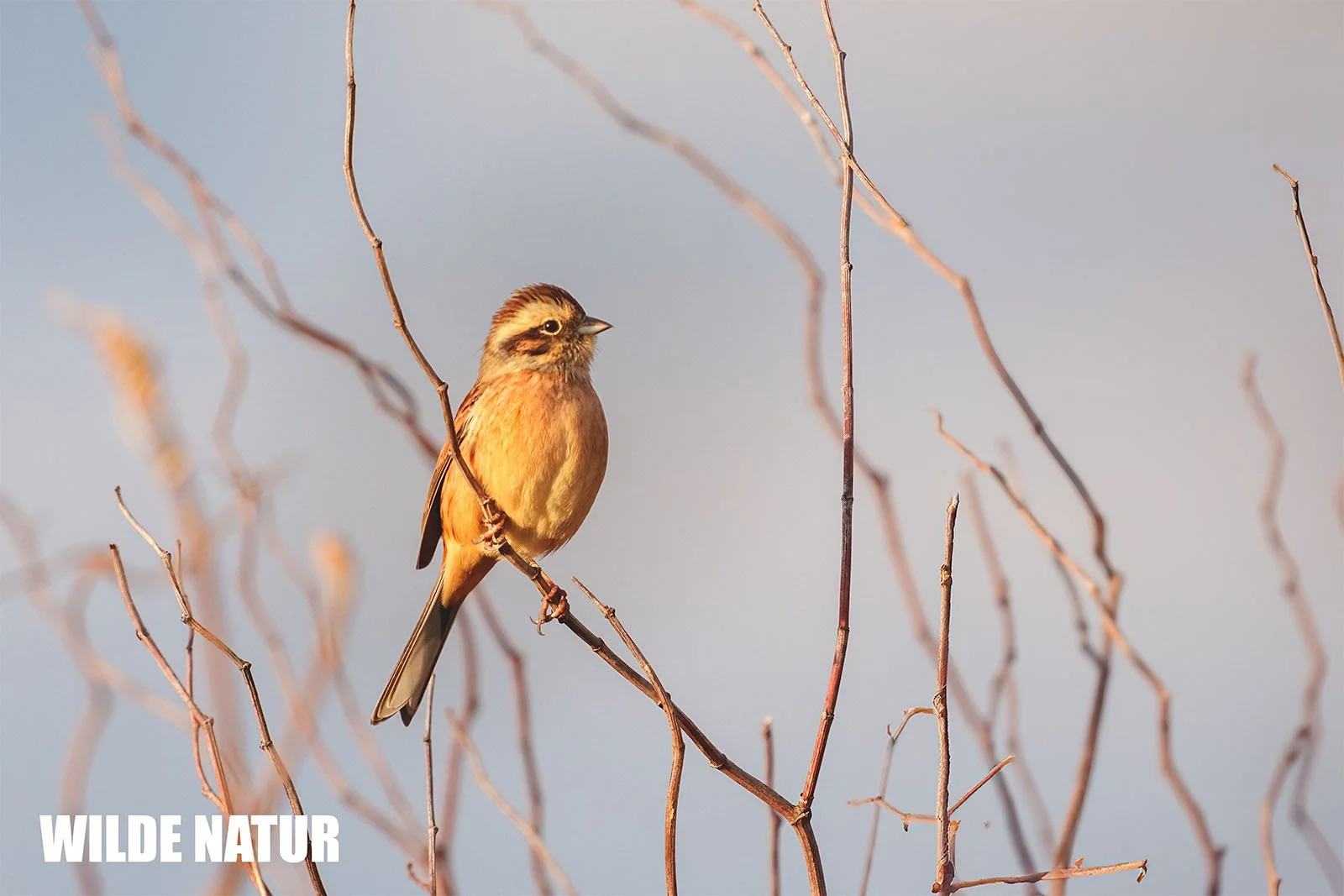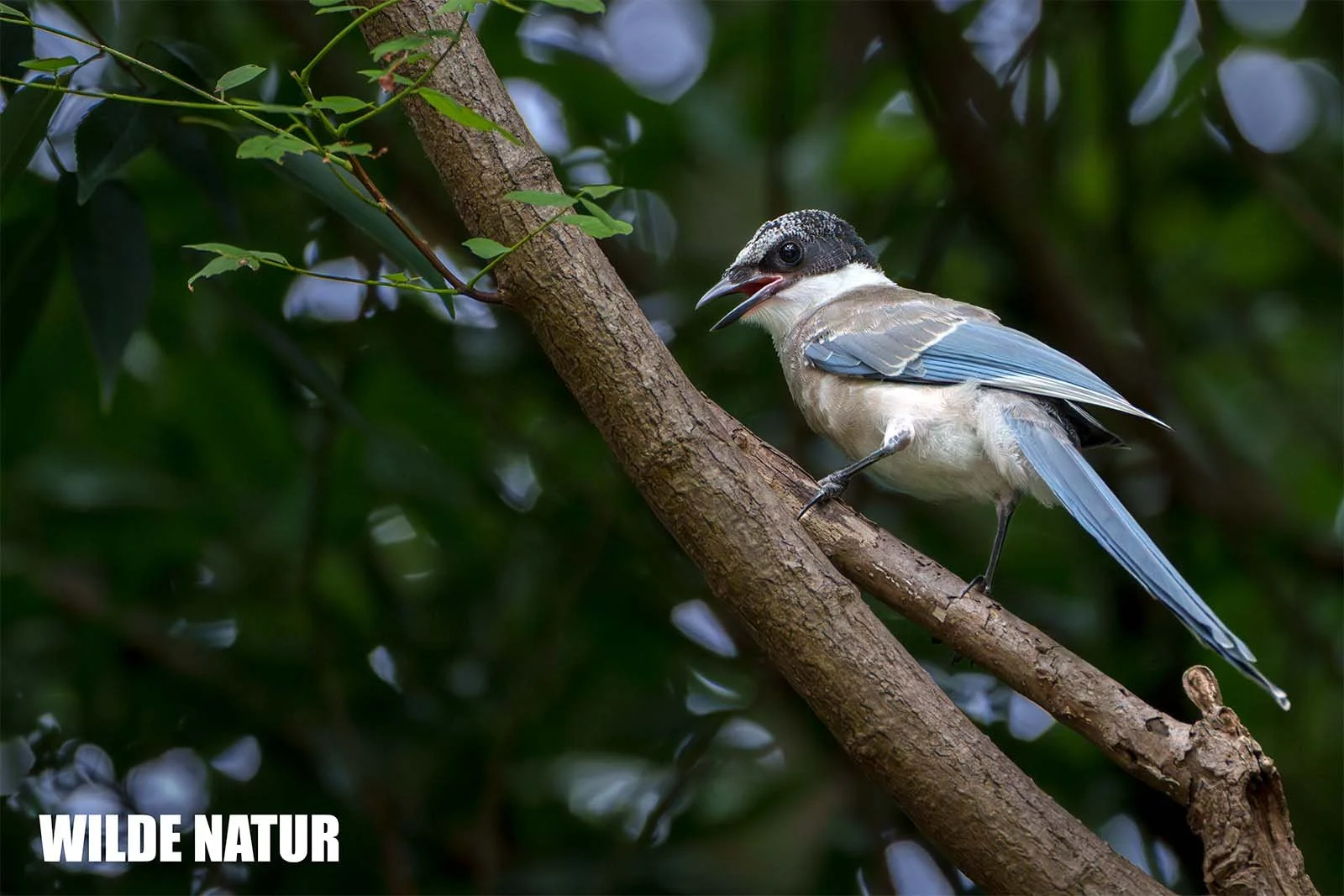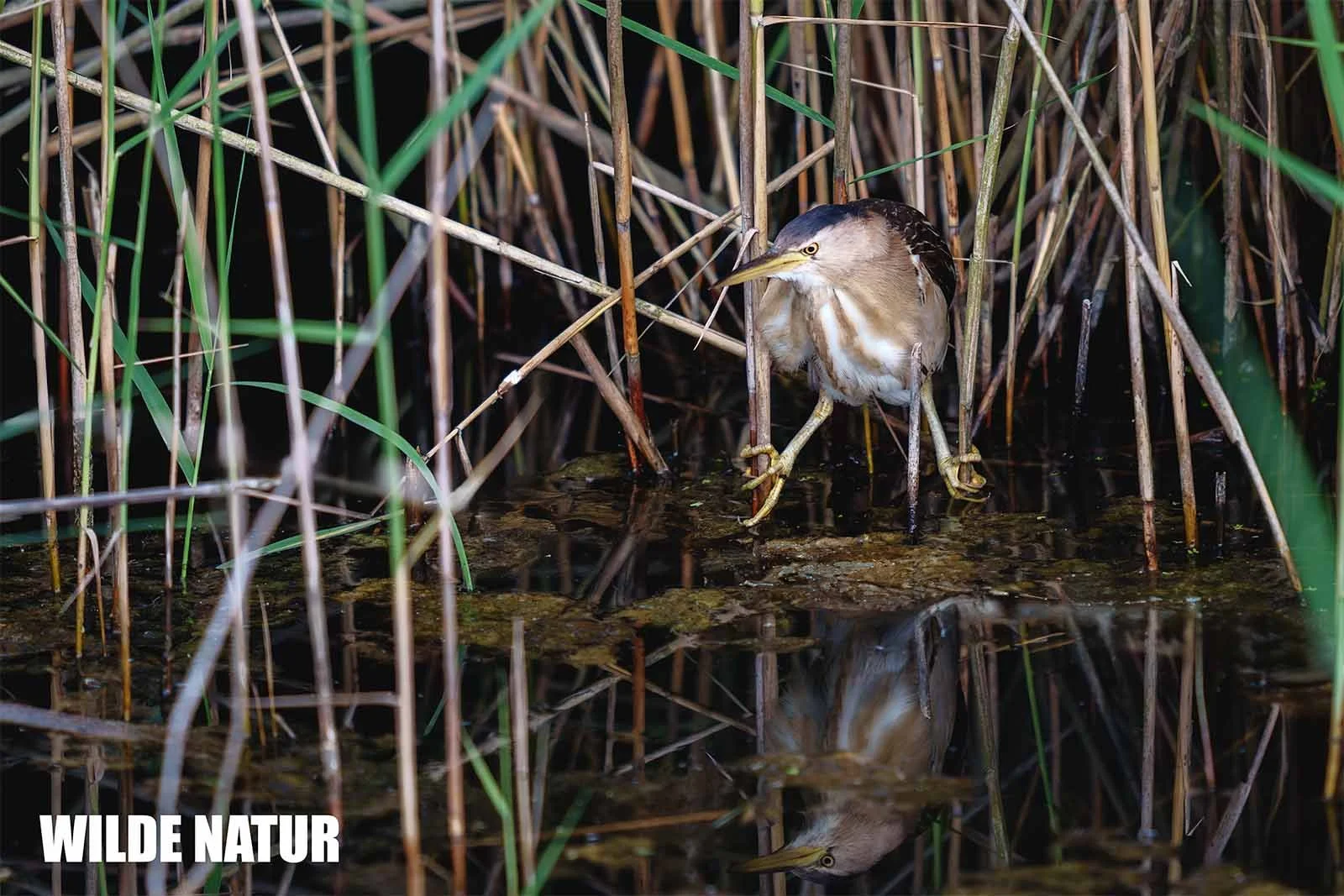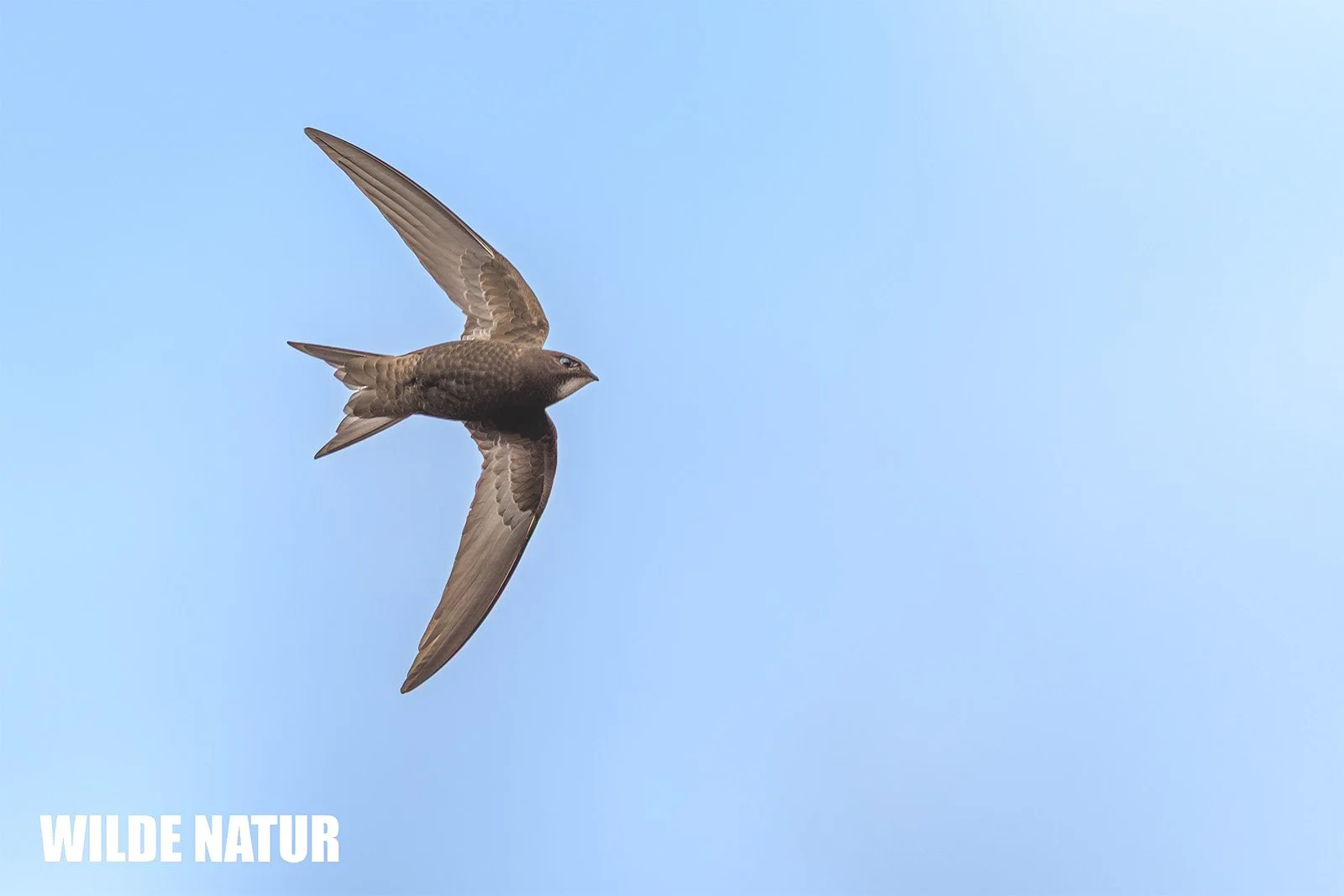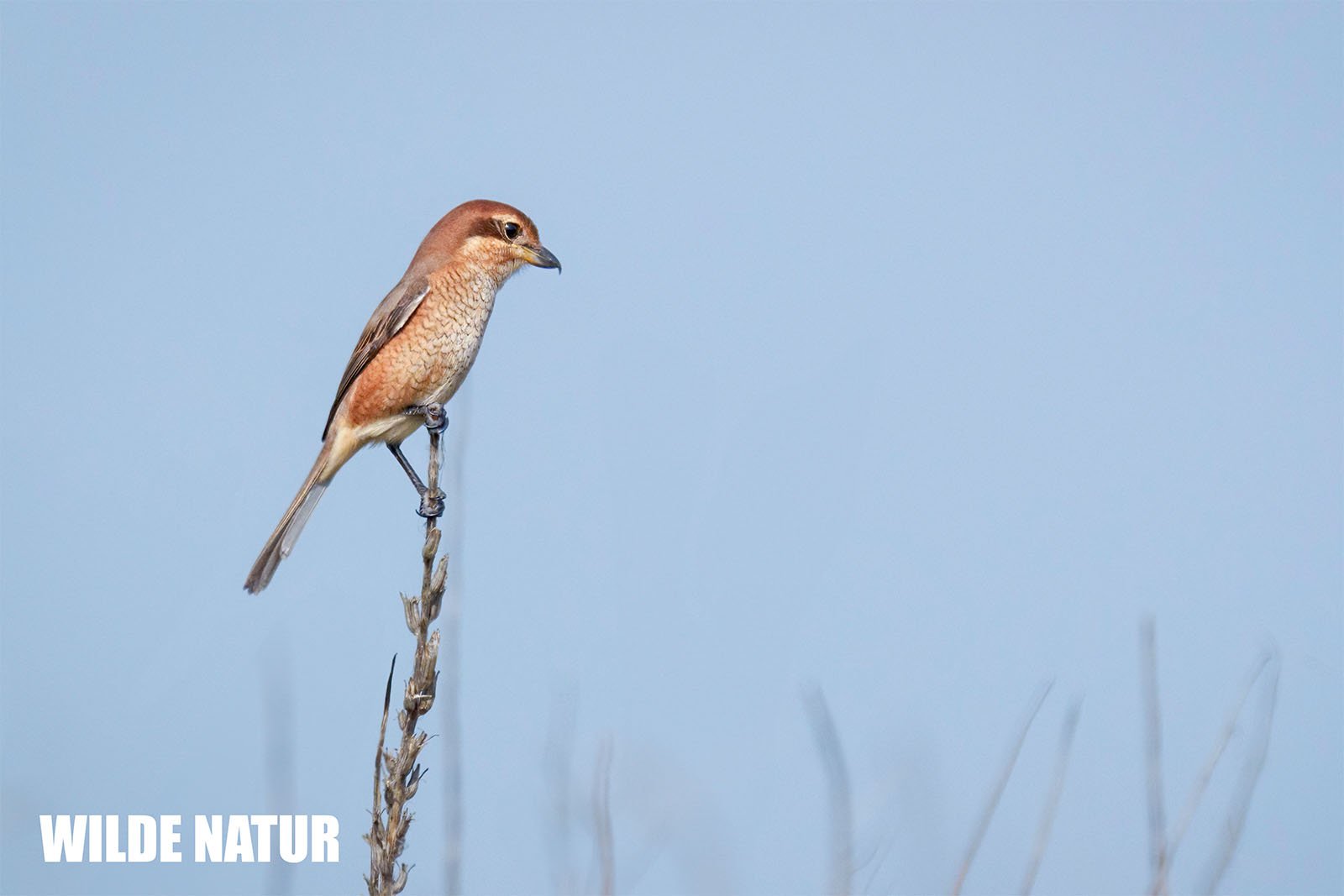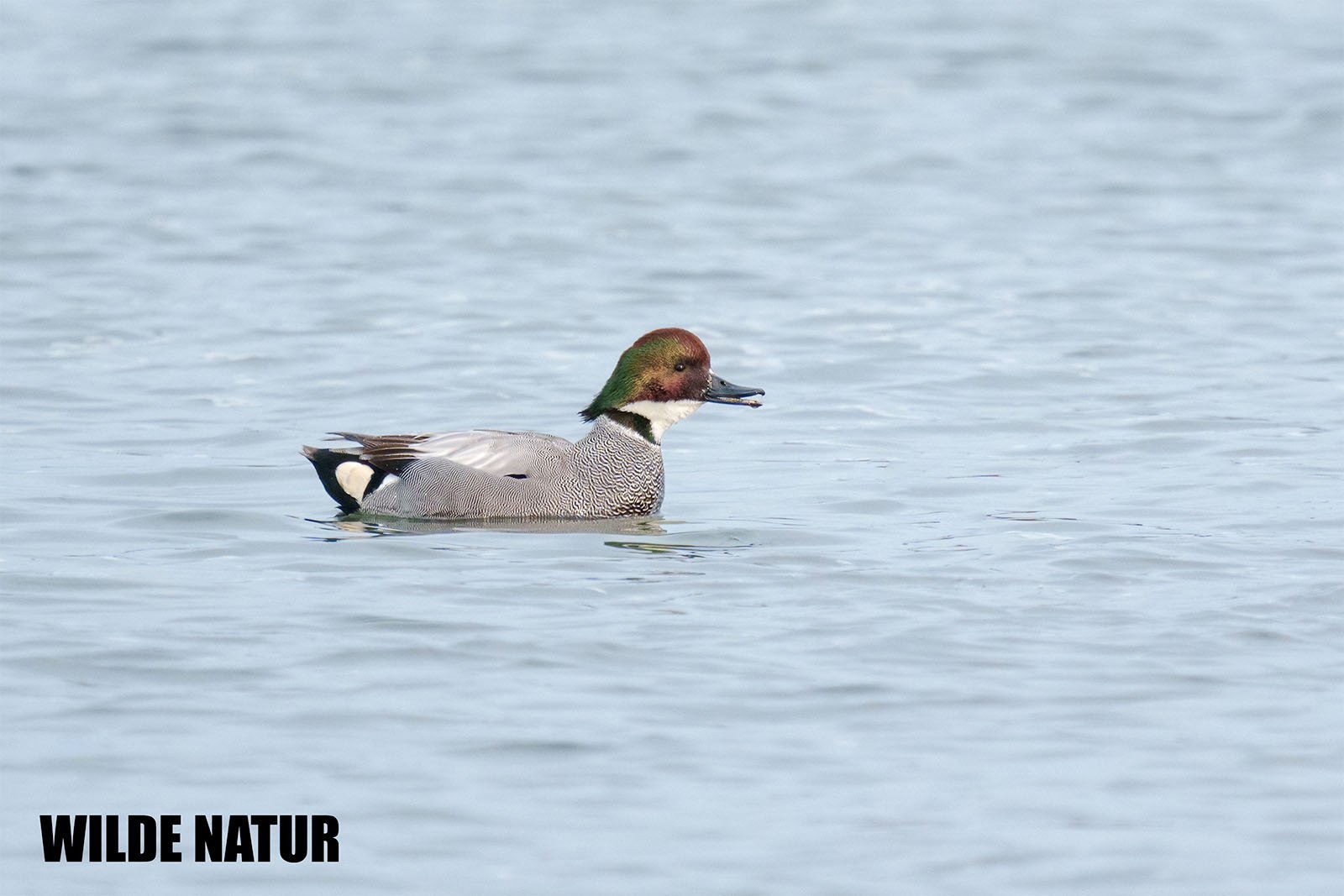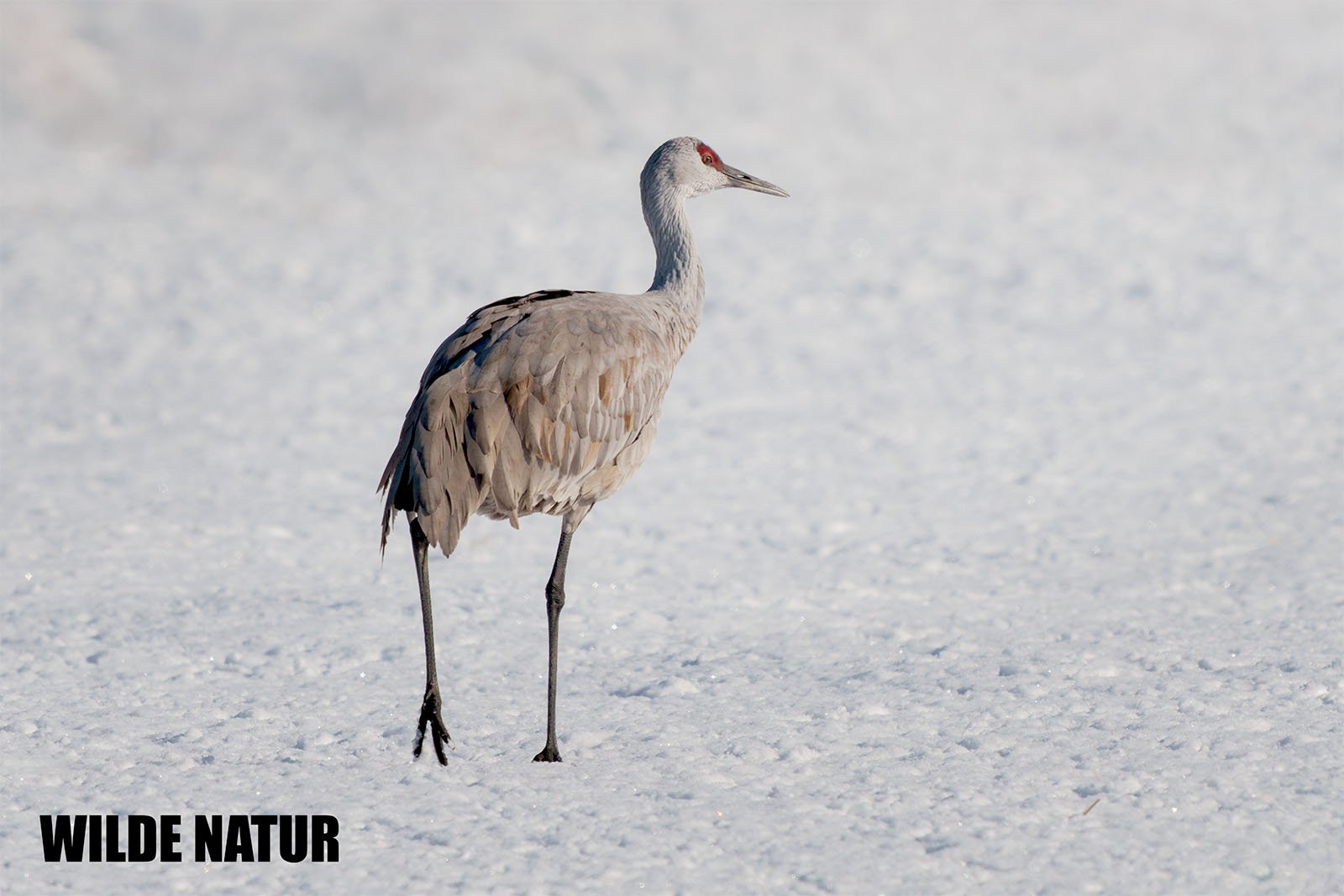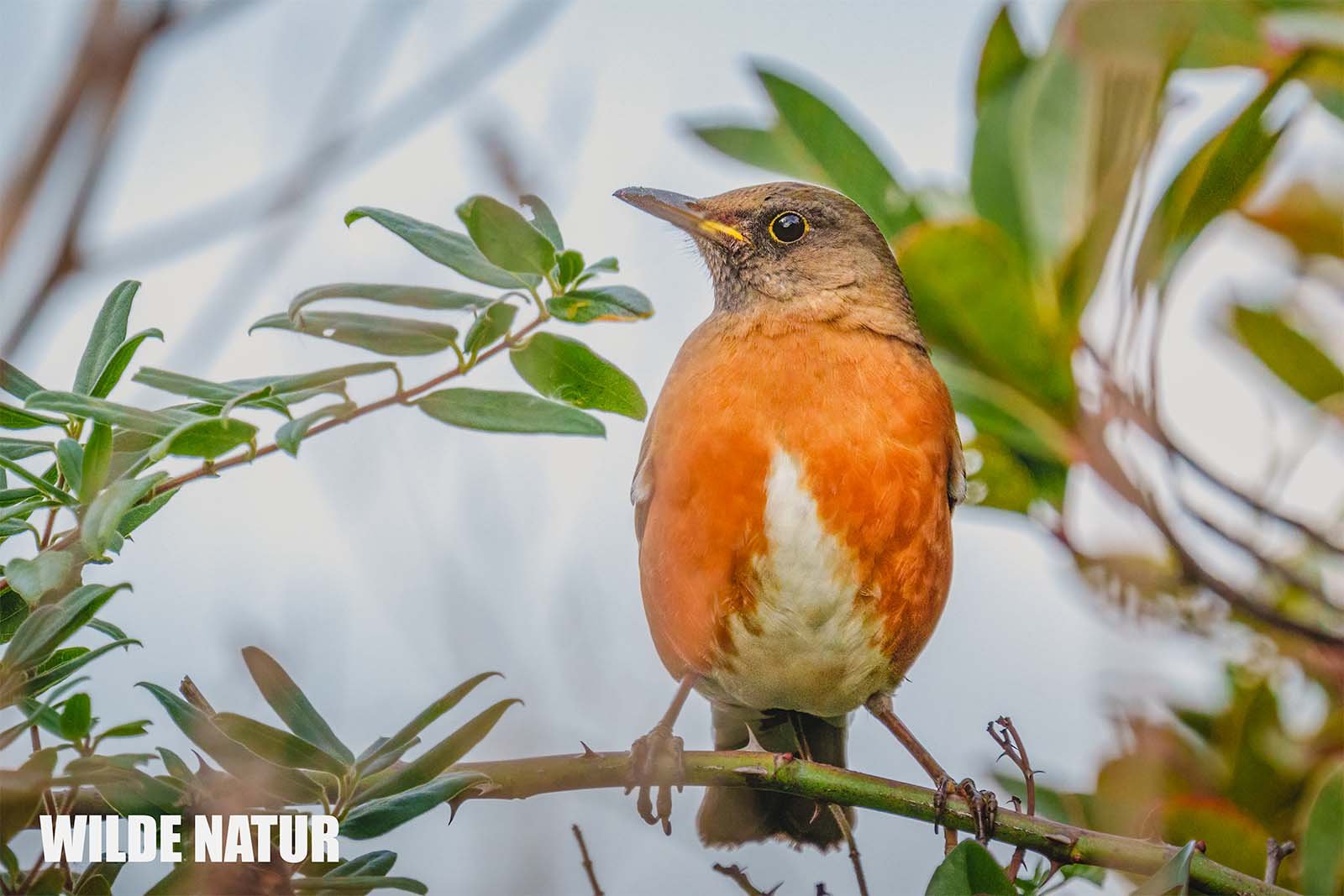Meadow bunting (Emberiza cioides)
Meadow bunting (Emberiza cioides) with brown plumage and distinct facial markings perches on a bare branch in Boso / Japan.
Meadow Bunting - A Clear Voice Across Open Land
The Meadow Bunting (Emberiza cioides) is a typical songbird of Japan’s open landscapes – musically gifted, unassuming in behavior, and an indicator of traditional farmland health.
Shortlist
Chestnut-headed male with striking white stripes
Common across Japan’s open, shrubby countryside
Resident species with some seasonal movement
Ground-nesting bird with a well-camouflaged clutch
Simple, melodic song heard from posts and hedgerows
Scientific name: Emberiza cioides
Common name: Meadow Bunting
German name: Wiesenammer
Size: 16–17 cm
Weight: 20–25 g
Male plumage: Chestnut crown, white stripes, cinnamon underside
Female plumage: Duller brown-grey tones
Bill: Cone-shaped, gray – seed adapted
Diet: Seeds, insects, spiders
Breeding: April–July, 4–5 eggs, nests on the ground
Status: Year-round resident
Habitat: Open fields, hedgerows, woodland edges
Migration: Largely sedentary, some local shifts
Conservation: Not threatened, stable population
Table of Contents
- Introduction
- Appearance – Head Patterns and Color Contrast
- Habitat – Between Shrubs and Fields
- Diet – Seeds and Insects
- Breeding – Hidden and Ground-Based
- Seasonality – Stays Where It’s Open
- Population – Stable and Adaptable
- Field Summary – Emberiza cioides
- Conclusion – A Voice for Rural Diversity
Introduction
Between bushes and field edges, where hedges and grasses provide breathing space, a clear, melodic song often rings out: the Meadow Bunting is a classic voice of Japan’s semi-open countryside – inconspicuous in manner, but impossible to ignore by ear.
Appearance – Head Patterns and Color Contrast
A small and slender songbird, the Meadow Bunting is best recognized by its distinctive head markings.
Male:
- White eyebrow and moustache stripes on a chestnut crown
- Reddish-brown back with dark streaks
- Warm cinnamon-colored underparts
- Brown wings with pale edges, dark tail with white sides
Female:
- Similar pattern, but less vivid
- Dominantly grey-brown tones
- Less contrast overall
Bill: Cone-shaped and strong – perfect for cracking seeds.
Habitat – Between Shrubs and Fields
Widespread year-round across Japan’s main islands: Honshū, Shikoku, and Kyūshū, with fewer records from Hokkaidō.
Preferred habitats include:
- Shrubby fields, hillsides, heath
- Roadsides, orchards, light scrub
- Rural gardens and forest clearings
It avoids dense forests and urban centers, favoring semi-open, structurally rich landscapes shaped by traditional farming.
Diet – Seeds and Insects
Like most buntings, diet shifts with the seasons.
Spring/Summer:
- Insects, spiders, small invertebrates
Autumn/Winter:
- Grass and herb seeds
Foraging style:
- On the ground or in low vegetation
- Alone, in pairs or small groups
- Song usually delivered from a post, fence, or bush
Breeding – Hidden and Ground-Based
Breeding starts in April and continues into July.
Breeding behavior:
- Nest: On or near the ground, hidden in vegetation
- Materials: Grass, roots, stems, animal hair
- Clutch: 4–5 eggs
- Incubation: 12–14 days
- Both parents feed chicks
- Fledging: After 10–12 days
Ground-level nesting leaves them vulnerable to disturbance from mowing or grazing.
Seasonality – Stays Where It’s Open
A resident bird in most of Japan. Some populations shift from uplands to milder lowlands during winter.
- Present all year
- More visible in open lowlands during cold months
Population – Stable and Adaptable
- Not threatened in Japan
- Widespread in traditional agricultural areas
- Thrives in habitats with shrubs, hedges, and field mosaics
- Occasionally seen near settlements with sufficient vegetation
Field Summary – Emberiza cioides
| Feature | Details |
|---|---|
| Scientific name | Emberiza cioides |
| English name | Meadow Bunting |
| Size | 16–17 cm |
| Weight | 20–25 g |
| Male | Chestnut crown, white stripes, cinnamon belly |
| Female | Brown-grey, less contrast |
| Bill | Strong, cone-shaped, gray |
| Diet | Seeds, insects, spiders |
| Breeding | Apr–Jul, 4–5 eggs, ground nest |
| Activity | Year-round resident |
| Habitat | Fields, hedgerows, forest margins |
| Migration | Sedentary, some local movement |
| Status | Stable, not endangered |
Conclusion – A Voice for Rural Diversity
The Meadow Bunting may not be flashy, but its song is distinct, its pattern unmistakable, and its presence a sign of ecological richness. In hedgerows, between old fields and rural gardens, it continues to thrive quietly – a musical resident of Japan’s living landscapes.

